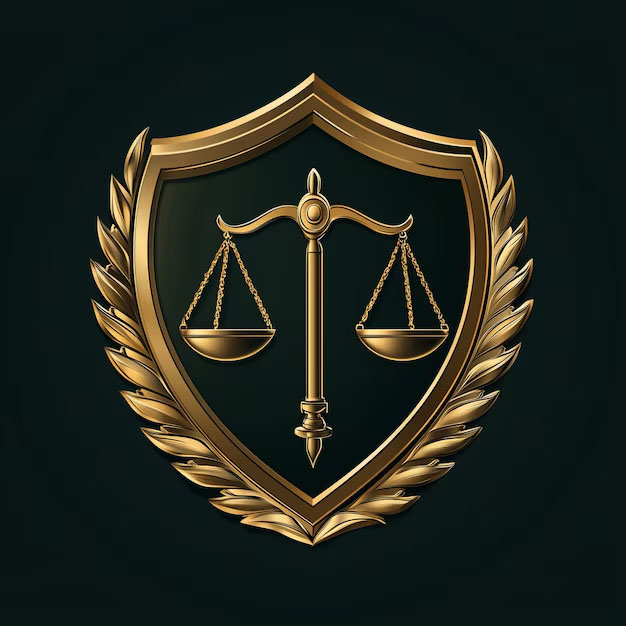CTE: Understanding the Condition and Exploring Legal Remedies
Chronic Traumatic Encephalopathy (CTE) is a serious and progressive brain disease caused by repeated head injuries or concussions. Once considered rare, it is now recognized as a growing concern among athletes, veterans, accident victims, and workers in high-risk environments. The condition is often marked by symptoms such as memory loss, impaired judgment, mood disorders, aggression, and eventually dementia. Because these effects can take years to appear, many families struggle to connect them to the original injuries.
From a legal perspective, individuals suffering from CTE may be entitled to hold responsible parties accountable. Sports leagues, employers, and institutions have a duty to protect individuals from foreseeable risks. When they fail to provide proper safety equipment, ignore concussion protocols, or downplay the dangers of repeated head trauma, victims may have grounds for legal action.
The process of pursuing a CTE claim begins with medical documentation that establishes the link between brain trauma and the condition. Attorneys then gather evidence to show negligence or liability, which may include reviewing training protocols, workplace safety measures, or medical records. In many cases, expert witnesses are brought in to explain how repeated trauma leads to CTE.
Legal claims can provide compensation for medical expenses, loss of income, pain and suffering, long-term care needs, and even wrongful death damages in severe cases. Just as importantly, they serve to push organizations toward stricter safety standards and greater accountability.
If you or a loved one has been diagnosed with CTE, seeking guidance from an attorney experienced in brain injury cases is essential. Legal support not only helps secure the resources needed for treatment and care but also plays a critical role in preventing others from enduring the same devastating consequences.
